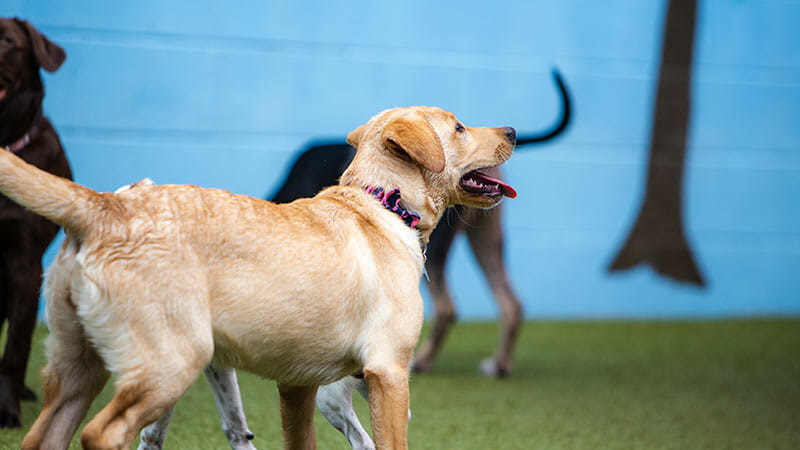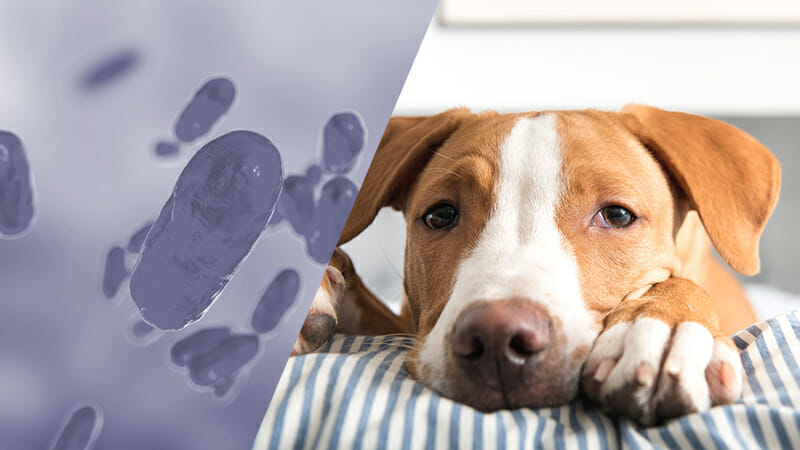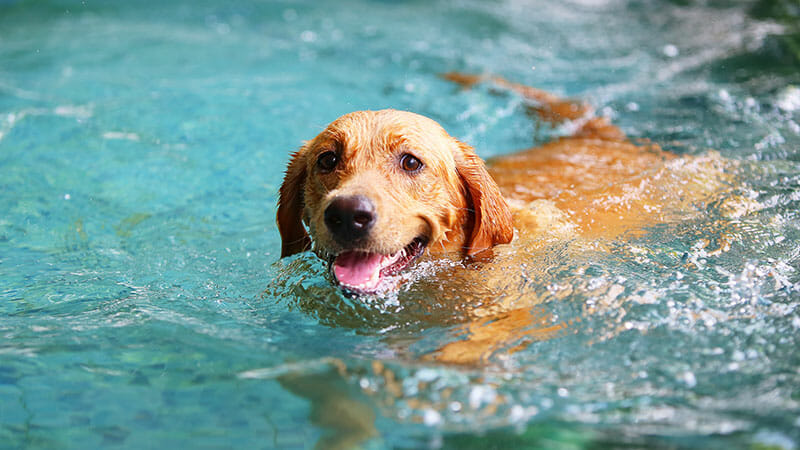Our dogs are more than just pets—they’re part of our family. They’re our constant companions, our exercise partners, our enthusiastic playmates, and even our coworkers.
Well, maybe not that last one. But, if we could, most of us would probably jump at the chance to take our pups to work with us!
Unfortunately, dog-friendly offices haven’t caught on yet, so it isn’t always possible for us to be with our dogs. Sometimes, we’re faced with leaving them alone for huge stretches of the day, and something like that isn’t healthy or feasible for some dogs.
If you work long hours or spend a chunk of your day in school, doggy daycare is a solid option.
Keep reading to learn more about the average cost of dog daycare and how to know if it’s worth fitting into your budget.
What Is Typically Included in the Cost of Doggy Daycare?
Every business is different, so do your research on what each doggy daycare actually offers to its clients. Most will include the following in their daily rates.
Plenty of Playtime
Playtime and socialization are good for dogs, so make sure your doggy daycare provides playtime with other dogs or one-on-one time with a staff member. Because daycares operate during all seasons, they should maintain safe environments, both indoor and outdoor, with non-slip surfaces.
Another good thing to check for? Separate playgroups that keep the larger dogs and smaller dogs separate.
Safe Feedings (if Requested)
If you’re going to be away from your dog all day, make sure the daycare offers feedings. You’ll need to provide the staff with the correct food and warn them about any food allergies or sensitivities your dog might have.
Designated Potty Breaks
Regular potty breaks are important, especially for young dogs and senior dogs. Some daycares will take your dog for an on-leash walk for potty breaks, while others have separate potty areas attached to play areas, so whoever needs to go can go.
Timeouts and Rest Periods
Non-stop playtime can tucker out your dog, so supervised rest periods are a must. These breaks from romping around with their friends give the staff a chance to make sure everyone is hydrated, rested, and feeling good, so the next playtime can go off without a hitch.
Dog-Safe Toys and Equipment
A good doggy daycare should provide plenty of mental stimulation for their four-legged guests, and that includes toys and equipment. However, keep an eye out for toys that pose dangers to your dog, such as rawhides or donut-shaped toys that might get stuck around their jaws.
The Non-Negotiables of Doggy Daycare
The things included in your daycare’s rates aren’t the only things you should pay attention to. The following things are hallmarks of a safe facility:
Proof of Vaccination
All good doggy daycare centers will require you to provide your dog’s vaccination records before even considering allowing your dog to join their ranks. It might feel like a hassle to dig out those vaccination records or get them from your vet, but this is a good sign that the facility takes the health of their dogs very seriously. It also means you can be sure that all the other dogs involved in their daycare are also current on their shots.
A Clean Facility
Make sure to take a tour of the facility before signing up your dog. It should be clean of feces and urine and clear of any debris or hazards that could pose a danger to your dog.
A Good Staff-to-Dog Ratio
Supervision is key, so the facility should have enough staff members to handle the job. Having around one staff member for every fifteen dogs is a good ratio, as it ensures there will be enough people to handle any scuffles that break out or injuries that might occur.
A Trial Period or Interview Process
Not for you—your dog! A good doggy daycare will take the time to make sure your dog is a good fit and that they aren’t overly stressed by their new environment. This interview process is a great time to ask about the facility’s emergency procedures, how they handle the administration of medications, and any other questions you might have.
Average Rates for Doggy Daycare
Keep in mind that rates can vary—sometimes a lot—depending on where you live and the types of amenities the daycare facility offers. Generally, daycares in large cities tend to be more expensive and fall in line with the cost of living.
On average, full days cost between $12 and $38.
On average, half days cost between $6 and $25.
Most doggy daycares will also offer package rates, often at a discount, so these are usually a more budget-friendly option if you know your dog is going to be a frequent guest. To determine your discount, multiply the regular full-day cost by the number of days included in the package. Then, subtract the cost of the package from the total. That’s your package discount.
Word of caution: Be wary of any doggy daycare with extremely low rates. If it sounds too good to be true, it likely is.
Additional Costs to Keep in Mind
Because doggy daycares are businesses, they have administrative expenses and need to stay on schedule to run smoothly. Because of that, you can probably expect a few additional fees, such as:
- An application fee (to start the interview and acceptance process)
- Late pick-up fees (if you miss pick-up time)
- Cancellation fees (if you don’t cancel your appointment in advance)
- Pick-up and delivery fees (if you have your dog picked up and delivered)
- Emergency vet fees (which you should approve and sign before you leave your dog)
Now that you have a good idea of how much doggy daycare typically costs and what should be included in their rates, you’re ready to get out there and start searching for a daycare that fits your budget and provides a great experience for your dog.




